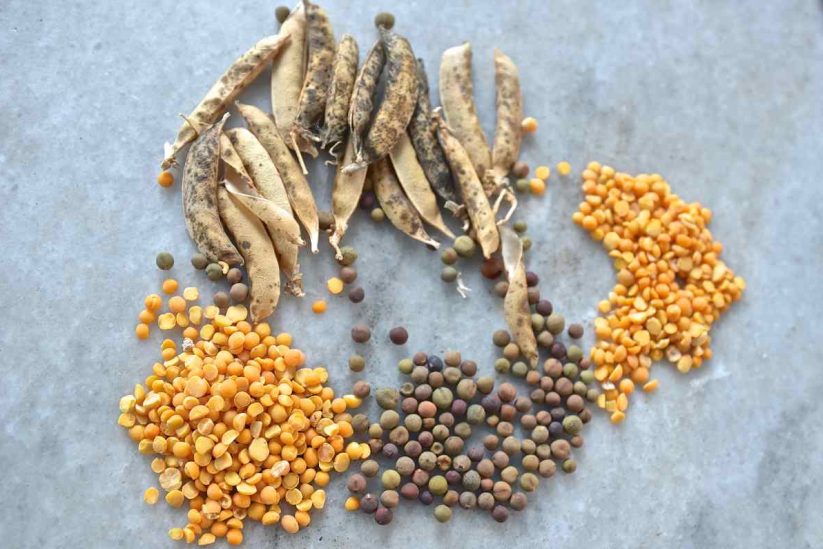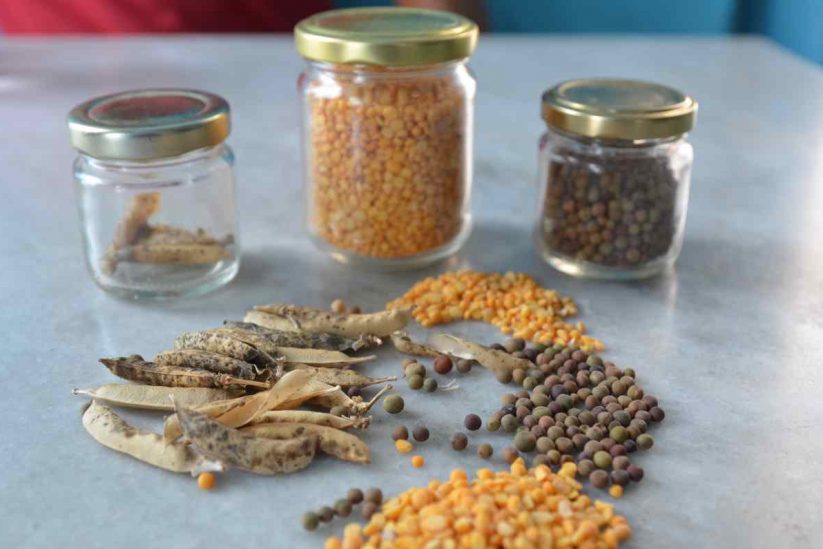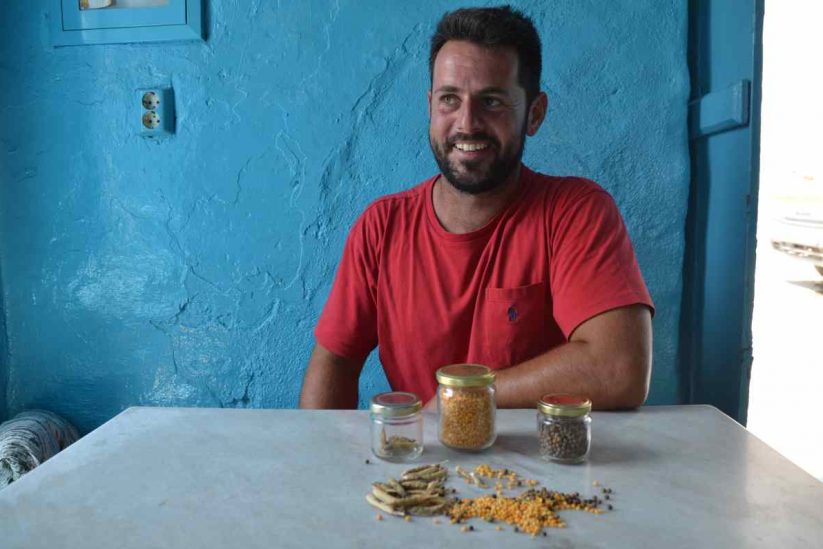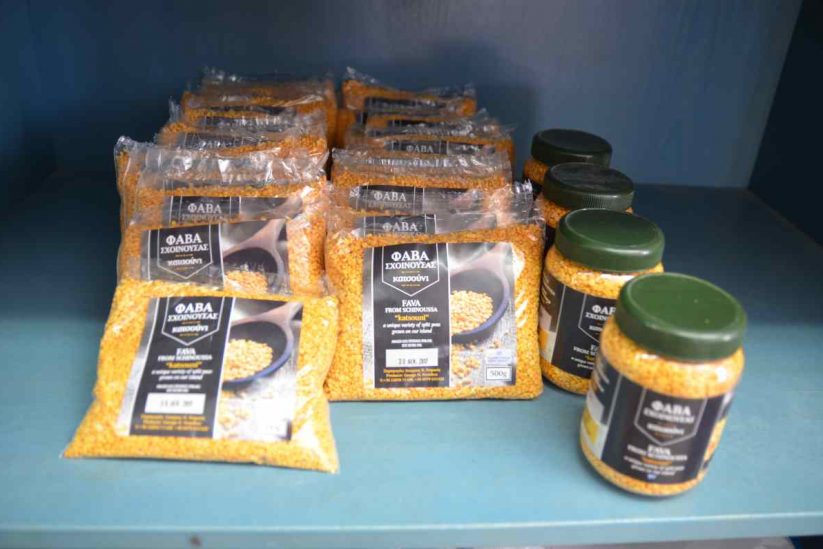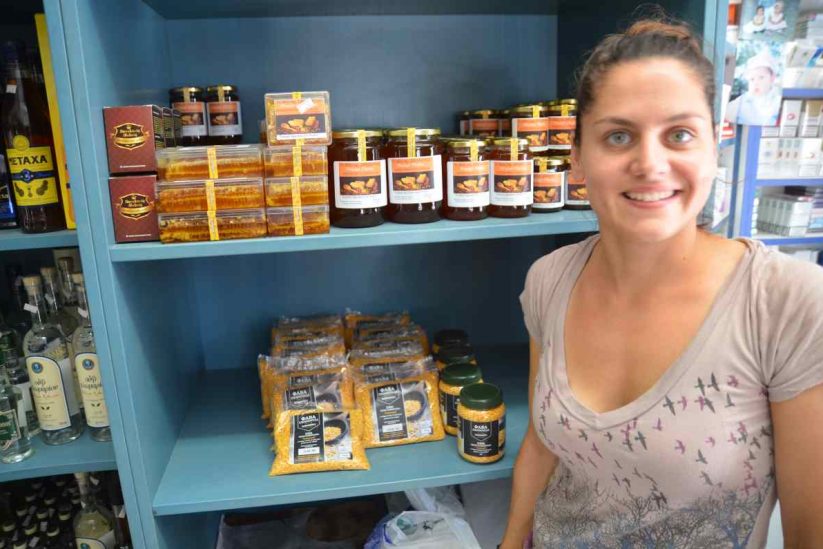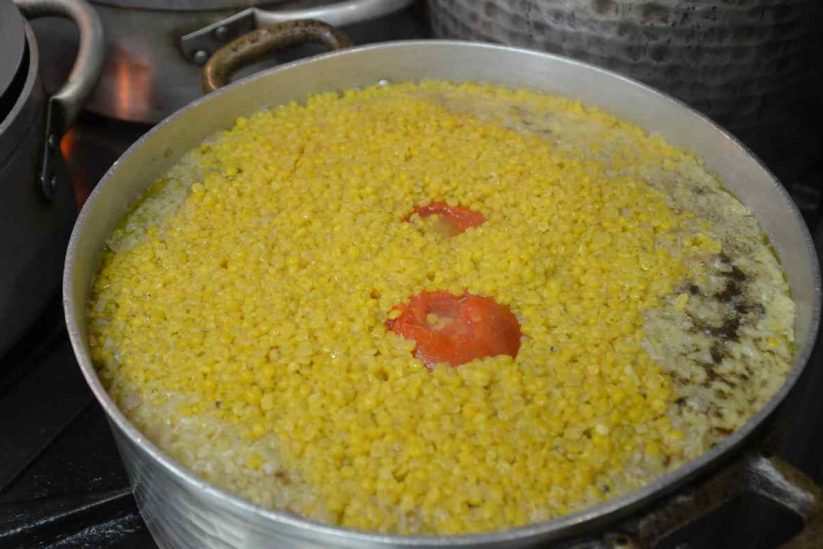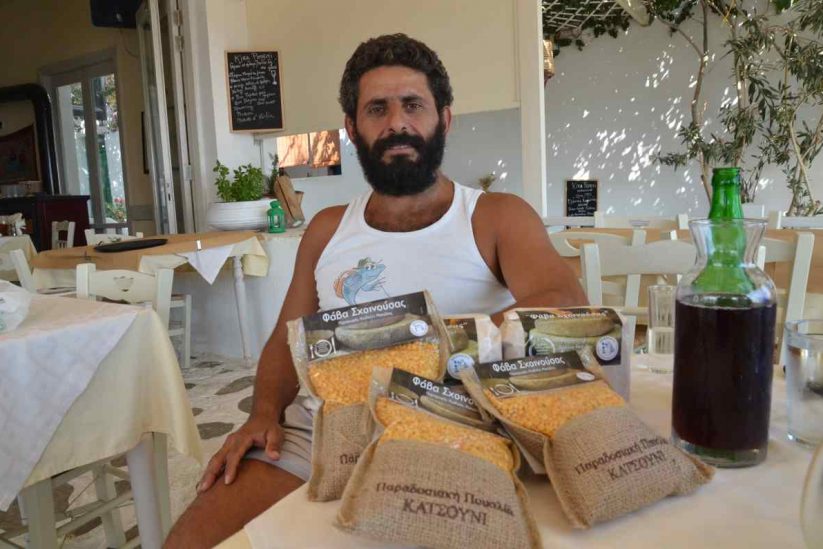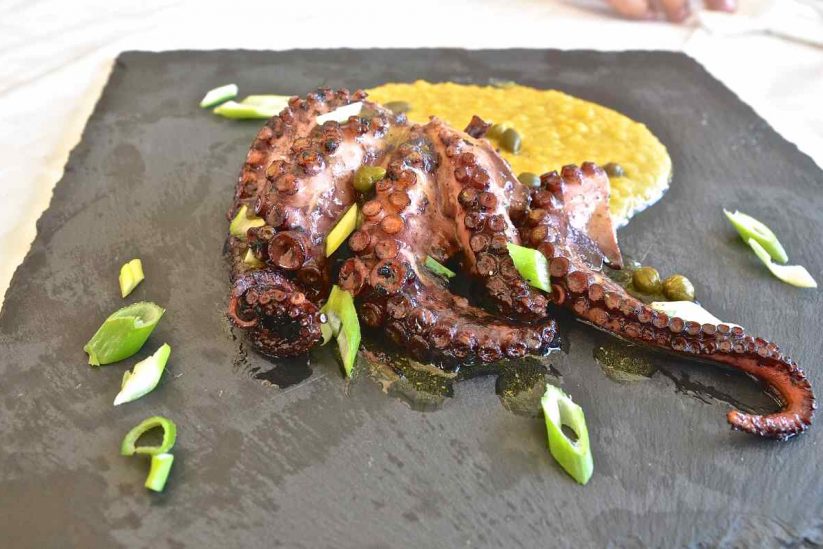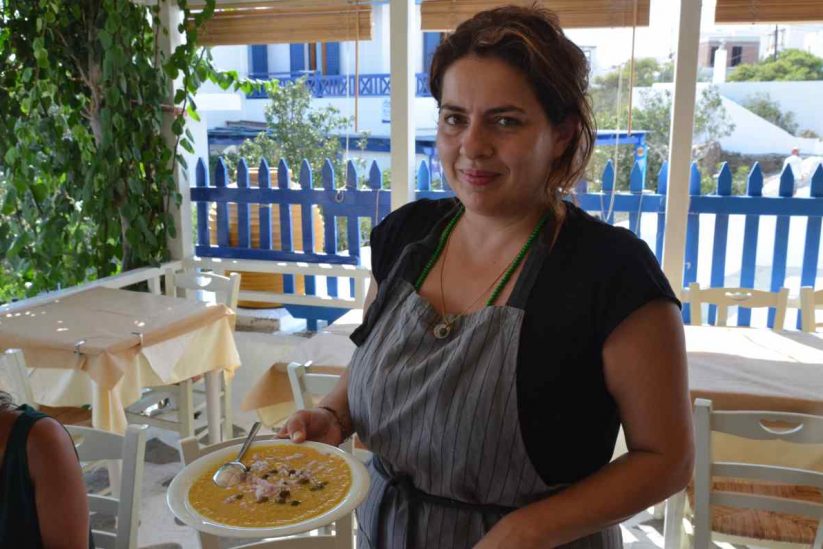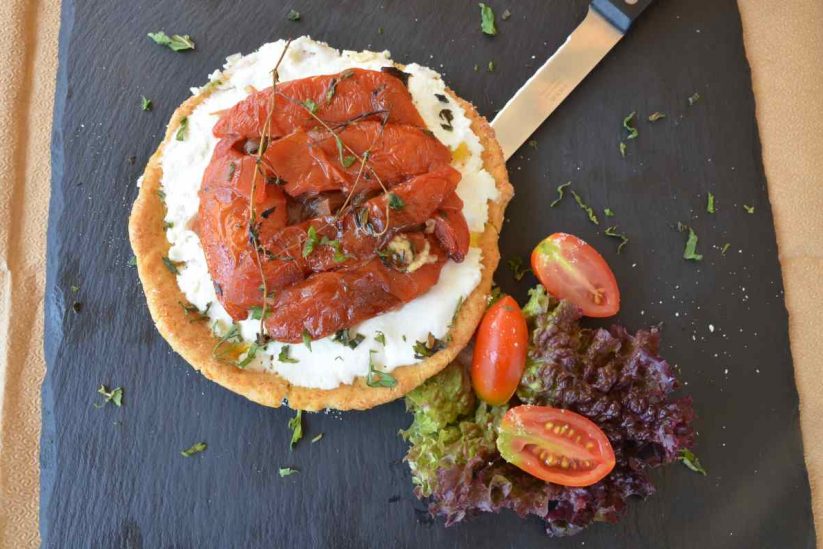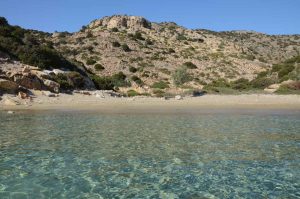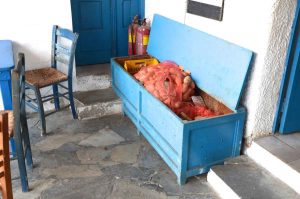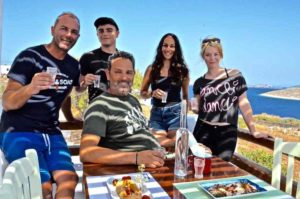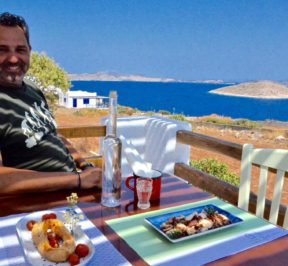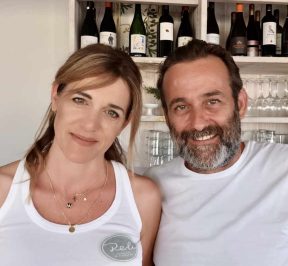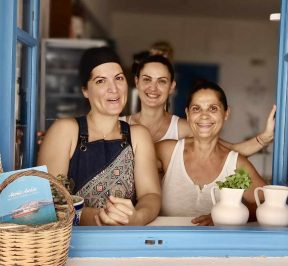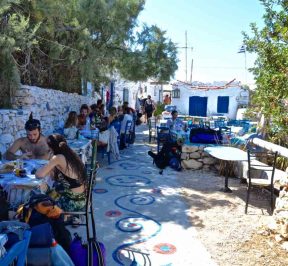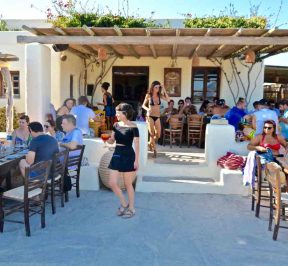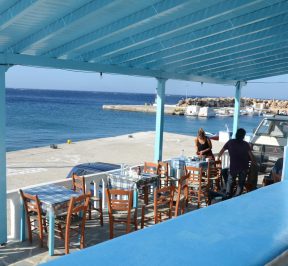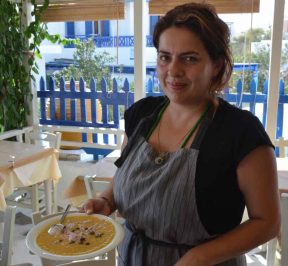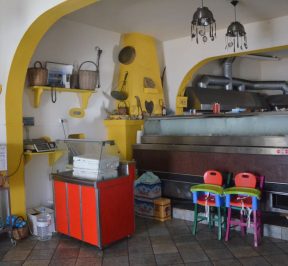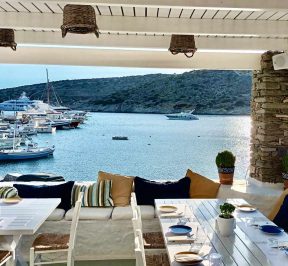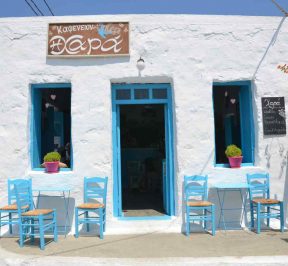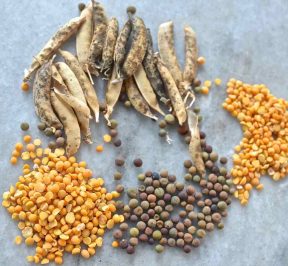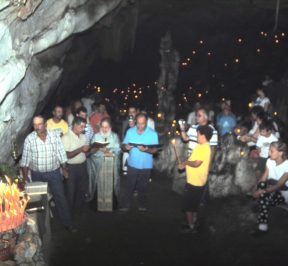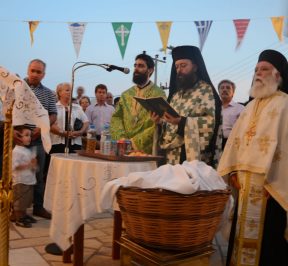Fava Schinoussa
Η I was rope is one of the smallest islands of Small Cyclades with an area of just 9 square kilometers. It is located southwest of Naxos and at a short distance from Koufonisia and Heraklion. Low hills, sandy beaches with deep blue waters and a Chora that develops along a road. Its inhabitants do not exceed 150 people and, in contrast to Koufonisia which are mainly engaged in fishing, here their main occupation is agriculture and animal husbandry.
One is surprised to learn the crops of the island that have always been self-sufficient in food. Fields with wheat and barley, 3.000 olives give their oil to the locals, 2.000 sheep and goats provide meat and cheese, small orchards with fruits and vegetables. However, the most characteristic cultivation of the island is the fava, the rare legume (pisum sativum), which gives the sweet, fine, and delicious fava of Schinoussa. In the past, each house cultivated its fields to have the fava of the year.
The cultivation of fava beans is difficult as the plant is delicate and the whole process has to be done by hand. It gathers in the morning with the dew, before dawn, because if the sun sees it, it breaks and falls. Also, if after threshing it does not blow to become the traditional lychnisma (the separation of straw and fruit) and the fava remains, it lights up and is destroyed. Because of these difficulties, its cultivation was almost abandoned in recent decades. Only in the last decade have some young growers begun to resurrect the crop and introduce it to the public. THE Thodoris Nomikos and Manolis Kovaios are the two most important of them, which have 50% of local production. They told us about the difficulty of production, but also about their effort to get to know their product in the Greek market, standardizing it.
In Theodore, a lad out heart, we met him in the beautiful cafe of Joy. With the studies of an electrician and the corresponding knowledge, he took the risk to make the investment of the electronic separation of the wrist from the straw. Thus the production was facilitated. Its products are sold in the family supermarket and in Naxos.
In Manolis Kovaios, Benjamin of the five Cuban brothers, we met him at his mother's family tavern, in the famous "tavern kyra Pothiti", Where we tried his local fava dripping honey! We had met his fava earlier in industry exhibitions, put in a very elegant package. He also invested in technology and bought a modern threshing machine that made it easier for him to be productive.
Annual production ranges from 60 to 15 tonnes - depending on the weather - and with a 25% harvest for next year’s seed collection, we are heading to a average annual production of 20 tons with whom the struggle of the island begins to highlight the Fava Schinoussa.
We wish her, with all our hearts, good luck.
Contact
- CategoryProducts
- LeaseSmall Cyclades

